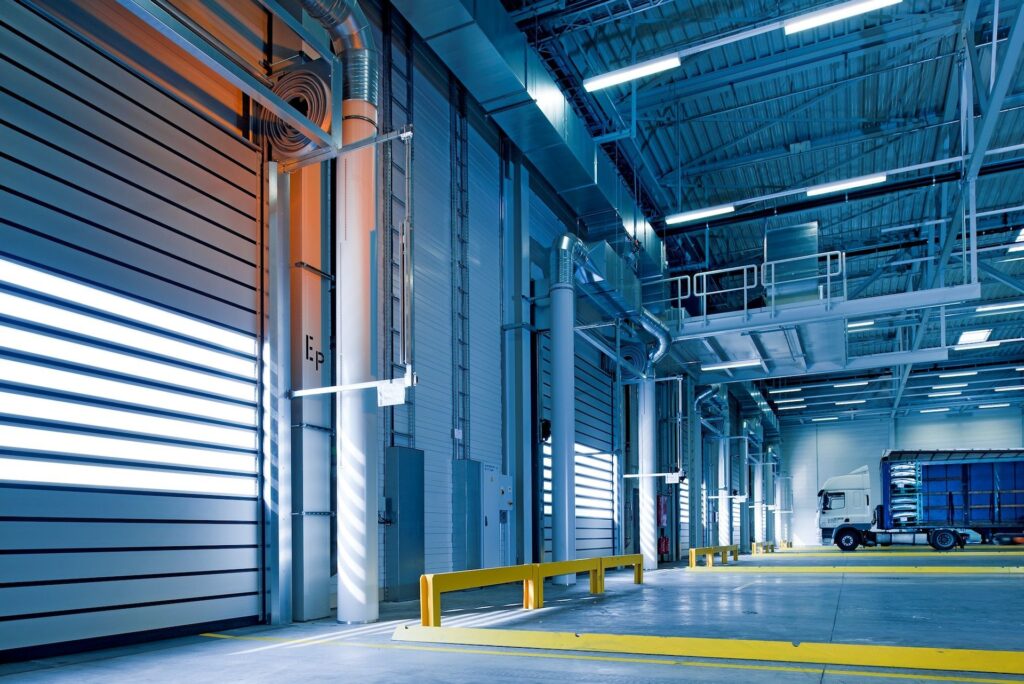
Refractory is a material that has a high degree of thermal stability and resistance to heat. This is used in various applications, from storing a furnace’s hot air to protecting metal from the effects of acid. Refractories come in various forms, including monolithic refractory, ceramic fibers, and acidic and zirconia.
Acidic refractory
Various types of acidic refractories in some refractory brands are used for different types of manufacturing processes. These refractories are made from a variety of materials. They are used in the iron and steel industry. Some of the materials include alumina, zirconia, and fire clay bricks. These refractories are widely used in acid furnaces and refractory firing kilns.
Refractories are also used for making crucibles and for high-temperature furnaces. These materials have excellent thermal and physical properties. They can withstand sudden changes in temperature and trap heat. They are also highly resistant to corrosion. They are used for improving the service life of these furnaces.
Refractories can be divided into three classes based on their chemical composition, physical properties, and applications. Each refractory class is characterized by its refractoriness, thermal conductivity, and thermal expansion. There are also special types of refractories, such as spinel, pure alumina, zirconia, and silica refractories.
These refractories have unique applications and are made under highly controlled production parameters. They are costly.
Monolithic refractory
Among the most significant applications of monolithic refractory materials are the petrochemical, cement, and lime industries and the iron and steel industries. These materials offer excellent mechanical and thermal resistance and are ideal for harsh environments. They are also known to provide better insulation and resistance to thermal shock. In addition, they are cost-effective, making them a preferred choice for many industries.
There are two forms of refractory materials: monolithic and shaped. Choosing a formulation with the desired physical properties is essential regardless of which type you are using. In addition, you must follow a controlled dry-out schedule, which prevents explosive spalling. Proper consistency is also crucial for all tap hole mixes. If the refractory material is not dry enough, it may not sinter properly. This can result in a substantial loss of revenue due to downtime.
Monolithic refractory materials can be installed in three ways. The first is the cast-in-place method. This method uses a steel or rubber delivery line to deliver the material to the job site. This ensures that the material is evenly distributed, resulting in a smooth surface.
Zirconia refractories
Several industries around the world utilize electro-fused zirconia refractory bricks. These bricks are rigid and chemically stable at high temperatures. They are used in glass furnaces, liners, kiln furniture, and casting nozzles. Zirconia refractories also provide a low thermal conductivity.
Zirconia refractories are often combined with alumina to enhance corrosion and mechanical resistance. These refractories can be used in furnaces, kilns, and casting nozzles and are a necessary supporting material for high-temperature equipment.
Zirconia refractories offer several advantages, including low thermal conductivity, high strength at room temperature, and high corrosion resistance. These properties make it ideal for high-temperature construction materials.
In refractory linings, zirconia can be used with magnesium oxide or alumina. These refractories are chemically inert in most environments. The main constituent in zirconia refractories is zirconium oxide. This oxide is used in kilns to withstand high temperatures and is commonly used in crucibles.
Refractory ceramic fibers
Generally, refractory ceramic fibers are artificial fibers consisting of alumino-silicate fibers spun together with alumina or silicon oxide. The fibers have been known to exhibit high-temperature tolerance and are highly insulating. The fibers also exhibit good handling qualities. Refractory ceramic fibers have become a viral material for lining furnaces and industrial heaters.
Refractory ceramic fibers can be used in various furnaces, including those fired at temperatures greater than 1,000 degrees Celsius. They are also used in the automotive industry as a thermal barriers. The fibers are lightweight and have excellent thermal insulation properties. However, there are also some disadvantages associated with the fibers.
The alumino-silicate composition of the fibers can irritate the skin. The fibers also have an irregular and diffuse thickness. In addition, the fibers can cause localized thickening of the lungs, which can lead to pleural changes. This can result in pleural calcification, which can be very dangerous.